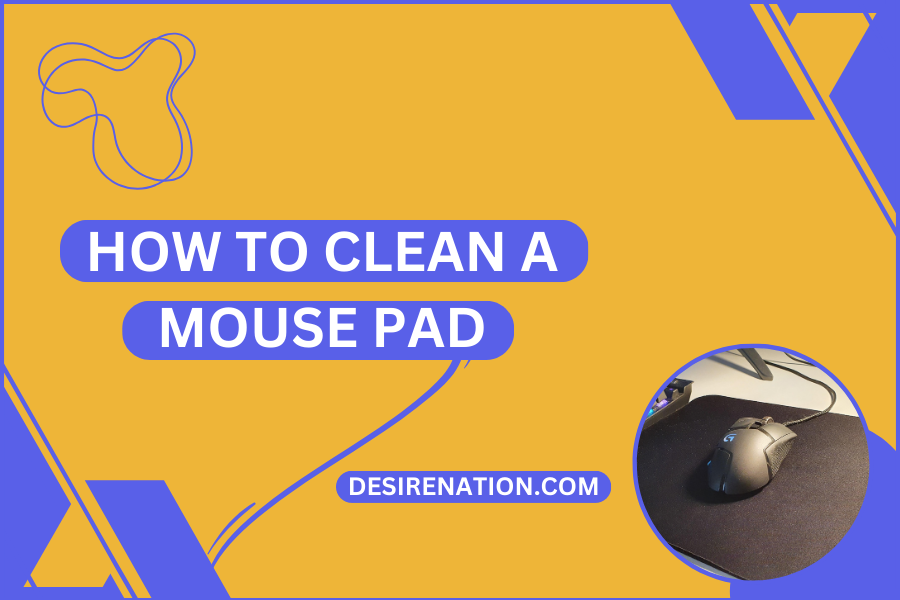A mouse pad is a vital accessory for computer users, as it provides a smooth and consistent surface for your mouse to glide on. Over time, your mouse pad can accumulate dirt, oils, and grime, affecting its performance and aesthetics. Fortunately, cleaning your mouse pad is a simple task that can breathe new life into your workspace. In this article, we will guide you through the steps to clean your mouse pad effectively, ensuring it remains in top-notch condition.
Materials You’ll Need:
- Mouse Pad: The one you want to clean.
- Lint Roller or Tape: To remove loose debris.
- Soft Cloth or Sponge: For cleaning.
- Warm Water: For washing.
- Mild Detergent or Dish Soap: For stubborn stains.
- Optional: Rubber Gloves: To protect your hands if using strong detergents.
Step 1: Prepare Your Workspace
Before you begin, clear your workspace to avoid any clutter. Lay a clean towel or paper towels underneath the mouse pad to catch any dripping water or cleaning solution. This will help protect your desk or tabletop.
Step 2: Remove Loose Debris
Start by using a lint roller or adhesive tape to remove loose dirt, dust, and hairs from the surface of the mouse pad. This initial step will make the cleaning process more effective.
Step 3: Washing with Warm Water
Fill a basin or sink with lukewarm water. Ensure it’s not too hot, as extreme temperatures can damage some mouse pad materials. Submerge the mouse pad in the water, and use a soft cloth or sponge to gently scrub the surface in a circular motion. Be cautious not to scrub too hard, as aggressive scrubbing might damage the pad.
Step 4: Using Mild Detergent
If your mouse pad has stubborn stains or greasy spots, you can add a small amount of mild detergent or dish soap to the warm water. Mix it gently until it forms suds. Dip your cloth or sponge into the soapy water and use it to clean the mouse pad, paying extra attention to the stained areas.
Step 5: Rinse Thoroughly
After cleaning, rinse the mouse pad thoroughly under running water to remove any detergent residue. Ensure there are no traces of soap left, as it can make the surface sticky.
Step 6: Drying Your Mouse Pad
Gently squeeze excess water from the mouse pad without twisting or wringing it. Lay it flat on a dry towel or hang it up in a well-ventilated area to air dry. Avoid direct sunlight or high heat sources, as they can damage certain mouse pad materials.
Step 7: Final Touches
Once your mouse pad is completely dry, give it a final inspection to ensure it’s clean and free of stains. If necessary, repeat the cleaning process or target specific spots with a gentle touch.
Tips for Ongoing Maintenance:
- Regularly use a lint roller or tape to remove loose debris.
- Avoid eating or drinking over your mouse pad to prevent spills and stains.
- Wash your hands before using your computer to minimize the transfer of oils and dirt.
Conclusion
A clean mouse pad not only looks better but also helps your mouse function optimally. By following these steps and incorporating regular maintenance into your computer routine, you can ensure that your mouse pad remains in excellent condition, providing a smooth and precise surface for your mouse to glide on. Cleanliness is key to a comfortable and efficient computing experience.
You Might Also Like These:
Logitech g502 hero wireless gaming mouse












